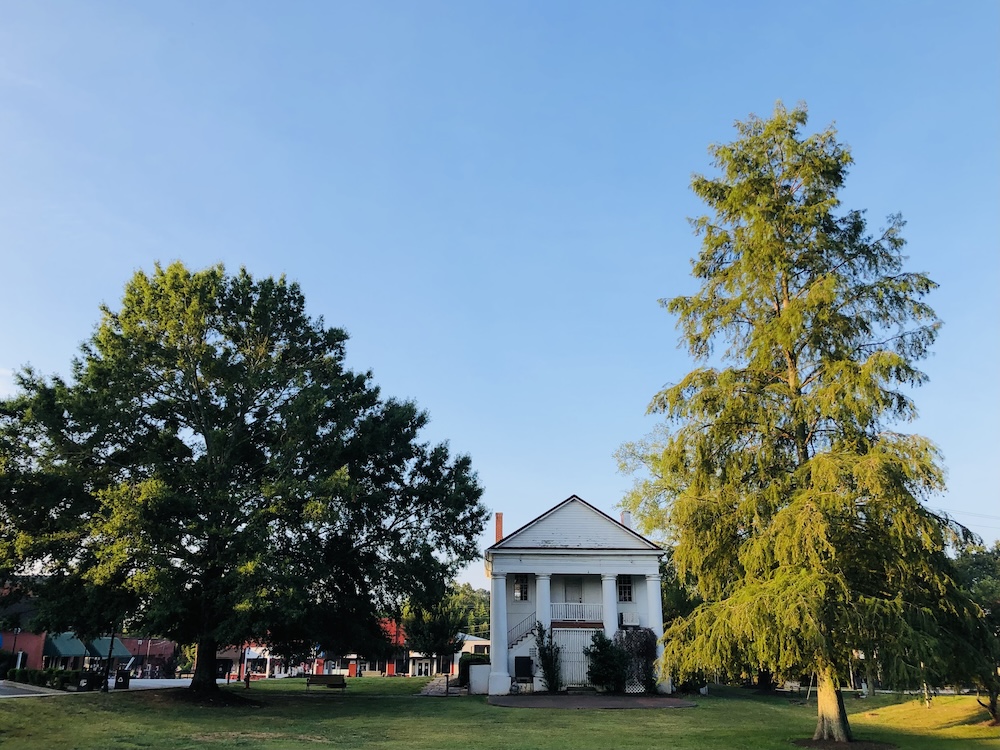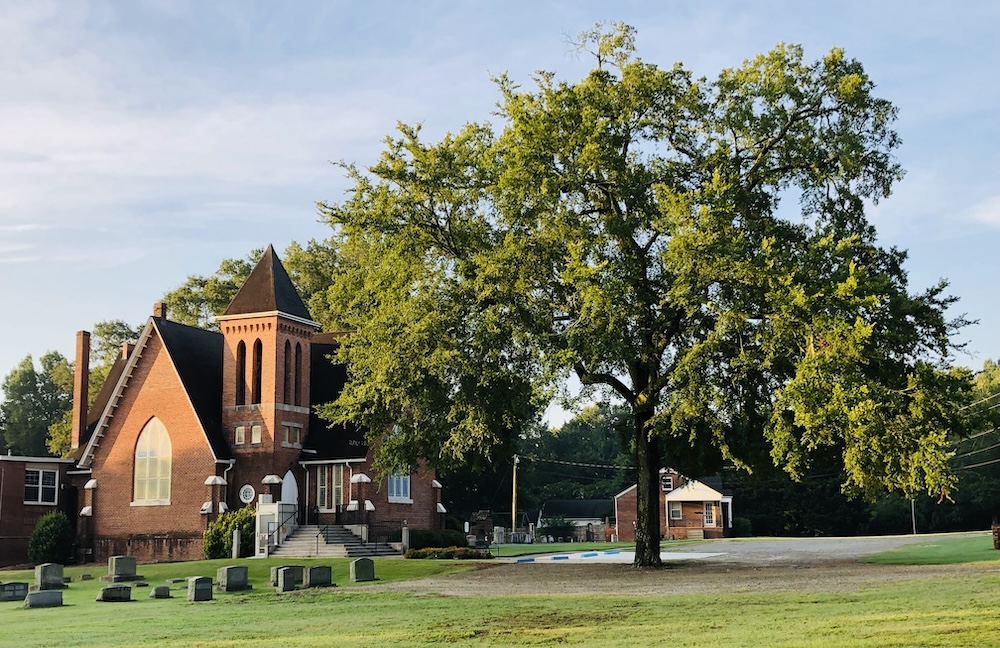Detrimental Tree Pruning Practices

“Pendleton’s abundant and beautiful tree cover is one of the best features of our town. For many of us who have moved to Pendleton from elsewhere, the tree-lined streets and arboreal landscapes were the most compelling reasons to choose this Upcountry South Carolina town as our new home. In addition to their aesthetic value, trees also increase property values, attract shoppers to commercial areas, lower home heating and cooling costs, filter pollutants from the air, and reduce storm water runoff. With all these benefits from our trees, we all have a vested interest in protecting and caring for them.”—Karl Pokorny
Arboreal Pendleton
By Karl Pokorny

PENDLETON South Carolina—(The Pendletonian)—December 2024—Pendleton’s abundant and beautiful tree cover is one of the best features of our town. For many of us who have moved to Pendleton from elsewhere, the tree-lined streets and arboreal landscapes were the most compelling reasons to choose this Upcountry South Carolina town as our new home. In addition to their aesthetic value, trees also increase property values, attract shoppers to commercial areas, lower home heating and cooling costs, filter pollutants from the air, and reduce storm water runoff. With all these benefits from our trees, we all have a vested interest in protecting and caring for them.
For the past one hundred years, the science of tree care has been evolving and many practices that were once widely accepted as sound tree care have been proven harmful. One such practice is commonly referred to as tree topping. This practice is also sometimes referred to as crown reduction, rounding over or heading back. Tree topping is the indiscriminate cutting of tree branches to drastically reduce the height of the tree.

The pruning cuts are generally made at an arbitrary point on the stem where no branch exists that can take over the terminal growth role of the branch. If no branch of sufficient size exists at the point of cutting, then the tree releases numerous dormant buds immediately below the cut. This release of buds is what causes the bushy new growth associated with topping.
Topping is also detrimental because it weakens the tree by initially reducing the amount of leaf area available for photosynthesis and consequently makes the tree more susceptible to a wide range of insects and diseases. Further, the numerous sprouts that grow near the topping cuts are typically too crowded and poorly attached to the stem. Decay often ensues below the cut and as the new sprouts grow, the decayed limb cannot support their weight resulting in branch failures.

The reasons cited most often for topping are that the tree has become too large for the
planting area, the tree is susceptible to failure due to its large size, or the tree needs to be “re-invigorated.” These reasons can be legitimate concerns, but topping is not a good remedy for any of them. There are legitimate pruning practices to address tree size and safety, but “re-invigorating” the tree has very little to do with pruning. Sometimes, removing the tree is the answer when safety is the concern.
Another detrimental pruning practice, that is sort of like reverse topping, is called “lion’s
tailing.” This is the practice of removing living branches from along the trunks of trees or on the scaffolding limbs and leaving a small amount of foliage at the end of the stem. While not quite as damaging as topping, lion’s tailing is very detrimental to trees. Both the trunk(s) of trees and the limbs need to have live growth along approximately 2/3 of the stem.

The primary reason for maintaining at lease 2/3 growth along the stem is to develop “stem taper,” which is necessary for stem strength. An example of the effects of poor stem taper that most people are familiar with is when part of a wooded area is cleared for development. Some of the remaining trees on the edges of the clearing may bend over into the newly cleared area. This is because the trees were closely grown, causing lower limbs to be shaded out, which in turn caused the trees not to develop stem taper. This phenomenon is very prevalent in planted pine stands that have not been actively managed.
Limb and total tree failures from lion’s tailing occur for the same reason as cited in the example above, only humans are the cause of the lower limb removal. Existing trees that are lion’s tailed will already have developed stem taper and typically the adverse effects are sprouting along the trunk and, in severe cases, death from insufficient leaf area (starvation). Limbs that are growing approximately perpendicular to the trunk will release sprouts too, but often break within four or five years of lion’s tailing. I have seen trees with all their major limbs hanging down after a windstorm. Homeowners will blame the storm, but the limb weakness was caused years earlier by bad pruning.

In my experience, lion’s tailing occurs for three reasons: First, when homeowners want their trees pruned and the contractors they hire either do not know what they are doing or are too lazy to prune the trees correctly; Second, for “vista pruning.” Most lakefront homeowners we work for want the largest water-view possible. If they are not allowed to remove the trees in their view due to Duke Energy, Army Corps, or HOA restrictions, they often resort to bad pruning; Third, to allow the tree(s) to “breathe.” There are real reasons to thin the canopies of trees and increase air flow through them, but allowing the tree to breathe isn’t one of them.
A good arborist will listen to your concerns and then advise you on the proper form of pruning to address them. In many cases, my own advice to homeowners is to do nothing to a tree. Unfortunately, for people seeking tree advice, there are virtually no barriers for entry into the “tree care industry,” and many tree care providers have no education or training in proper tree pruning. References from family and friends may not be very helpful either because they may not know they are vouching for an unqualified person.
For advice on how to properly prune your valuable trees, you can contact the local Clemson Forestry Extension Office or The South Carolina Forestry Commission’s Urban and Community Forest Division. You could also consult with an International Society of Arboriculture (ISA) Certified Arborist. A list of Certified Arborists as well as excellent advice on tree care can be found on the ISA web site here.

![]()
